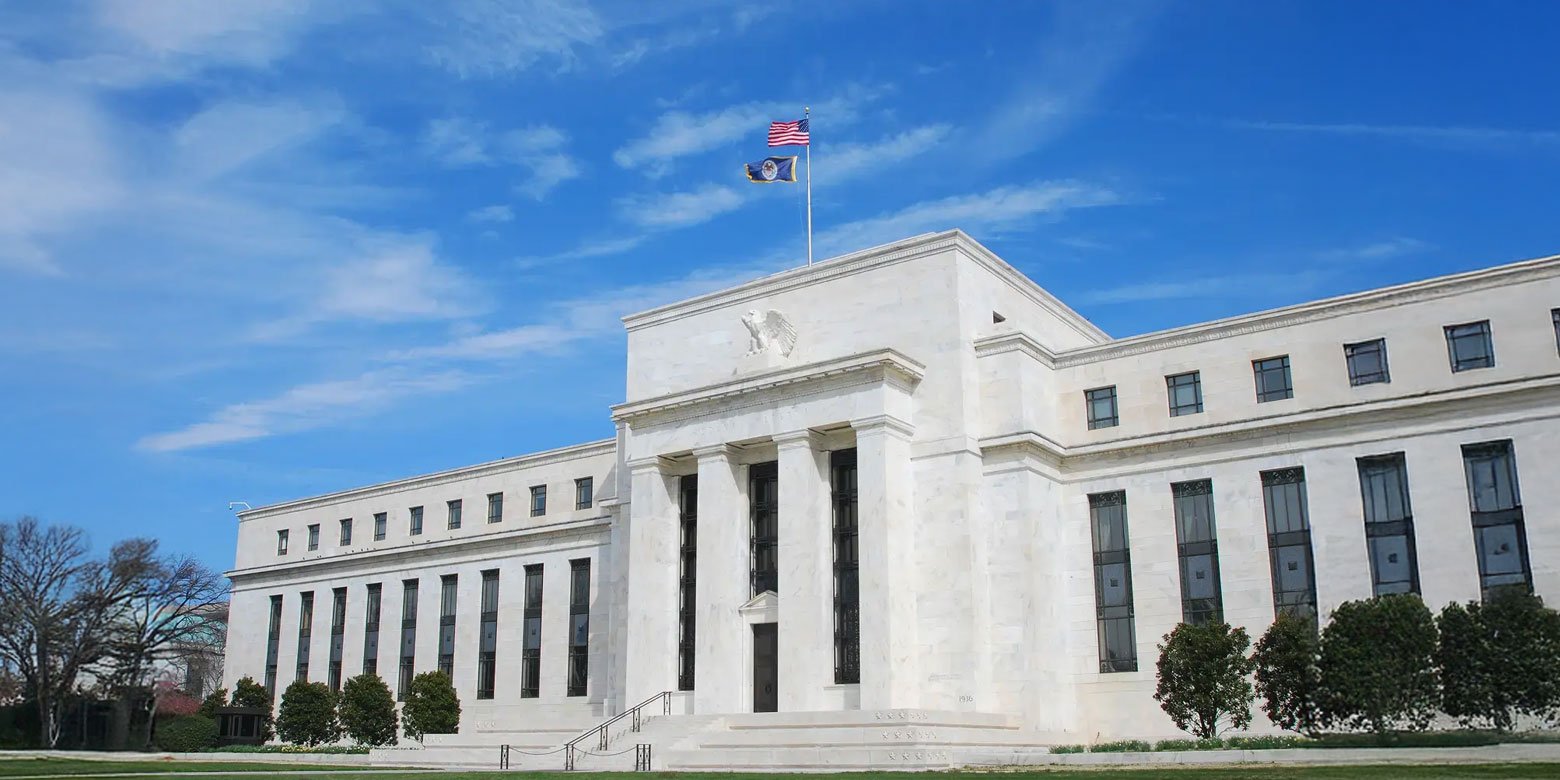One of the truisms of investing in the stock market, at least if you aren’t investing on margin, is that while returns can go up to the stratosphere, you can only lose 100% of your investment. It’s meant to put the advantages and disadvantages of investing into perspective, because there’s only so much you can lose.
Of course, losing 100% of your investment would be a serious blow. After all, you’re probably investing to support some pretty important long-term financial goals.
But what if there were a way to limit that downside?
Enter buffer ETFs.
What’s a Buffer ETF?
Buffer ETFs, also known as defined outcome ETFs, are a relatively new vehicle available to investors. They offer an opportunity to invest in an index with a limit on the amount investors can lose in exchange for a cap on their potential gains.1
The first buffer ETFs were designed to offer investors a lower-risk and simpler vehicle for investing in structured products like derivative contracts tied to equity indexes, credit spreads, interest rates or commodity products. The ETF wrapper also offered greater secondary market liquidity, because buffer ETFs can be traded on the secondary market in the same fashion as a regular ETF.
As a result, buffer ETFs can be a good way to invest in an index while limiting the investor’s downside risk.
Target Outcome Period
Most buffer ETFs have what’s known as a target outcome period. This is a period of time, usually a 12 month span, during which issuers of many buffer ETFs will offer investors a floor on the amount they can lose during the target outcome period as well as a cap on how much they can earn.
Investors who purchase shares of the buffer ETF on or before the beginning of the target outcome period and hold the ETF for the entire period are fully covered by the downside buffer and the upside cap.
Investors who purchase the ETF after the start of the target outcome period will find that their downside protection or upside cap can vary sometimes widely. Investors who hold the ETF past the end of the target outcome period will be rolled into the new target outcome period—but the terms may change significantly.
Ways to Use Buffer ETFs
Reduce volatility. Shifting a portion of your domestic equity allocation to buffer ETFs can help minimize volatility by adding the downside floor and the upside cap. This can help risk-shy investors stay in the market despite volatility.
Add diversification. Because buffer ETFs are based on existing indexes, they can add broad diversification without adding a lot of risk. This may be especially appealing if other investments are focused on individual stocks with more volatility.
Put cash to work without undue risk. Buffer ETFs can offer investors a low-risk way to put some of the cash they may have on the sidelines to work. While current cash rates in money market funds and similar investments are reasonably high, this won’t always be the case. The upside cap offers the chance for added returns over the interest rate on the cash.
Increased Popularity
Since the first buffer ETFs were launched in 2018, they’ve seen increased interest, especially during particularly volatile periods. For example, their popularity grew during the market downturn connected with the start of the pandemic and during the market downturn of 2022. Inflows to buffer ETFs almost doubled during the week of April 8, 2025 compared with the prior week potentially due to fears about the effect of President Trump’s tariffs.2
In another sign of the rising popularity and acceptance of buffer ETFs, in late 2024 the University of Connecticut’s endowment announced that they were moving away from using hedge funds to reduce risk in their $634 million portfolio in favor of less expensive buffer ETFs.3 A spokesperson for the endowment said this move was a way to reduce the fund’s overall expenses. Many observers view this and other moves made by institutional investors as a sign that buffer ETFs are gaining traction.
Buffer ETFs versus Annuities
Buffer ETFs have also seen growth as an alternative to annuities.
Annuities are often purchased to provide a low-risk stream of income in retirement. However, annuities can be expensive both in terms of purchase commissions and ongoing expenses. Additionally, you may be subject to surrender charges and, in some cases, a hefty tax liability if you need to tap into an annuity to make a lump-sum withdrawal.
Conversely, buffer ETFs offer daily liquidity and are easy to trade.
If having a vehicle that can offer a guaranteed lifetime monthly payout is right for your situation, then an annuity can be the right choice. If not, a buffer ETF may be worth considering.
Pros and Cons
Buffer ETFs have a number of advantages as investment vehicles.
- Buffer ETFs can help mitigate the risk in your investment portfolio. They offer upside participation with a limit on downside risk.
- Like other ETFs, buffer ETFs offer investors daily liquidity, can be traded at most custodians with very low or no transaction costs, and are easy to move into and out of as your situation dictates.
- You get the benefit of options trading without having to manage options yourself. The ETF managers actively purchase put options and then sell call options tied to the index being tracked.
Still, Buffered ETFs have downsides investors should be aware of.
- The expense ratios of buffer ETFs are generally on the higher side, often around 70 to 80 basis points. By contrast, the expense ratio of a straight index ETF is often around 10 to 15 basis points.
- The strongest benefits come when you get the timing right. In order to realize the full advantage of the buffer ETF’s downside protection, an investor needs to invest at the start of the target outcome period. Investing after that point in time will likely result in different, and possibly inferior, levels of upside participation and downside protection.
Conclusion
As we continue to see volatility in the markets as a result of domestic and international politics, buffer ETFs may be a vehicle worth investigating further. Their downside limit on losses and the ability to participate in the upside gains of the underlying index, buffer ETFs may be able to fill a spot in your portfolio as a moderate-risk holding.
Sources:
1 Charles Schwab. “What are Buffer ETFs?” Accessed April 12, 2025.
2 Yahoo! Finance. “Buffer ETFs Add Nearly $400 Million in Assets as Stocks Drop.” April 8, 2025. Accessed May 5, 2025.
3 Financial Advisor. "UConn's Endowment Abandons Hedge Funds For Buffered ETFs." December 16, 2024. Accessed April 12, 2025.
Related Posts

How Central Bank Actions May Affect Your Investments
Central banks like the Federal Reserve—the Fed for short—can feel far removed from everyday life,...

How Do ETF Share Classes of Mutual Funds Work?
Investors have long heard about the differences between mutual funds and ETFs, but the rise of ETF...

The World is Made up of Factories and Museums

Mann on the Street
In central Niger, along a major Saharan caravan route, the Tree of Ténéré stood for hundreds of...
Interested in more?
Get our popular newseltter delivered to your inbox every month.
Search the Insights Blog
How to invest with us
Click the button below to learn how you can get started with Motley Fool Asset Management








